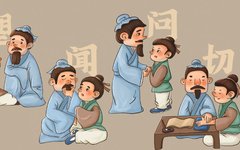绿疗讲堂
望、闻、问、切
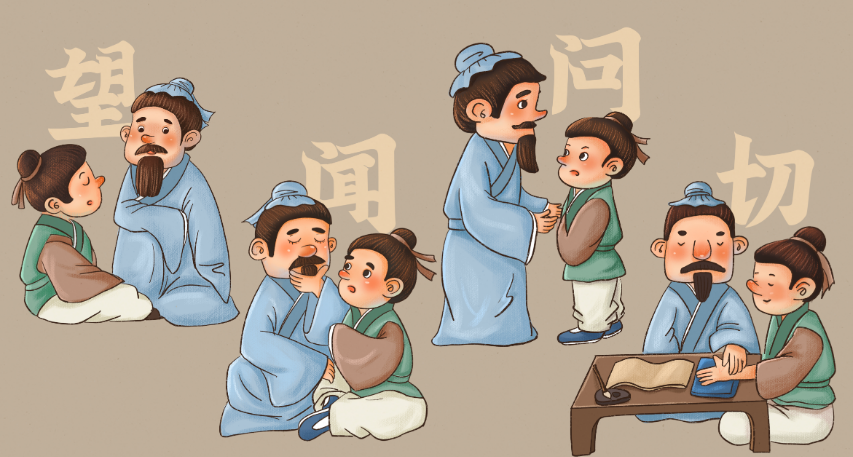
In the world of Traditional Chinese Medicine (TCM), diagnosing diseases is not merely a matter of simple instrument testing and data analysis; it integrates profound medical wisdom and experience. TCM diagnosis emphasizes the “Four Examinations”: Observation (Wang), Listening (Wen), Inquiry (Wen), and Palpation (Qie). These four steps complement each other, providing doctors with comprehensive and detailed information about the patient’s condition.
1. Observation: Assessing the Patient’s Condition
Observation is the first step in TCM diagnosis. The doctor observes the patient’s demeanor, complexion, tongue appearance, skin, and changes in various body parts to make a preliminary judgment about the condition. For example, a rosy complexion often indicates sufficient Qi and blood, while a pale complexion may suggest Qi and blood deficiency or invasion by cold pathogens. Changes in the tongue’s appearance are particularly important in TCM observation; the thickness, color, and moisture of the tongue coating can reflect the patient’s spleen and stomach function and the internal state of dampness and heat.
2. Listening: Hearing Sounds and Smelling Odors to Identify Pathogens
Listening involves collecting information through auditory and olfactory senses. The doctor listens to the patient’s sounds, such as coughing, breathing, and speech, to assess the strength of lung Qi and the presence of phlegm or other pathogens. Additionally, smelling the patient’s body odor and the odor of excretions can provide important diagnostic clues. For instance, a foul odor from the mouth may indicate excessive stomach fire, while a strong urine odor may suggest bladder damp-heat.
3. Inquiry: Detailed Questions About Medical History
Inquiry is the most crucial part of TCM diagnosis. By asking the patient about their disease, subjective symptoms, past medical history, and lifestyle habits, the doctor can gain a comprehensive understanding of the patient’s condition and physical state. The scope of inquiry is broad, covering everything from the patient’s diet and daily activities to their psychological state. Through inquiry, the doctor can grasp the progression of the disease, providing essential information for subsequent diagnosis and treatment.
4. Palpation: Feeling the Pulse and Body to Understand Conditions
Palpation is the final step in TCM diagnosis and is the most distinctive aspect. The doctor palpates the patient’s pulse and skin, hands, feet, chest, abdomen, and acupoints to assess changes in pulse patterns and abnormalities in related areas. Changes in the pulse can reflect the fluctuations of Qi and blood and the strength of organ functions, making it an indispensable part of TCM diagnosis.
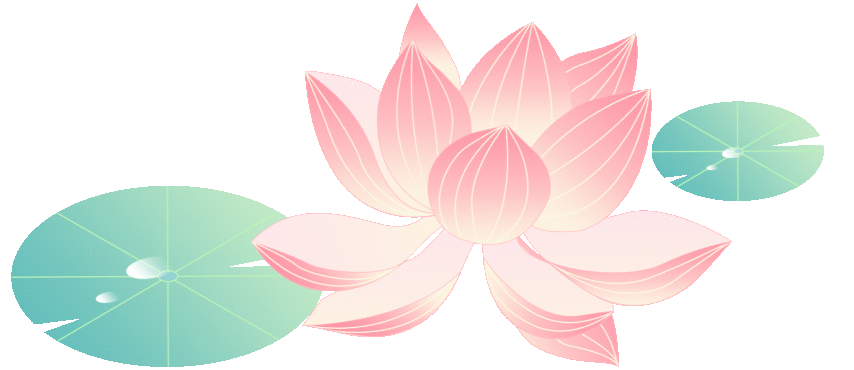
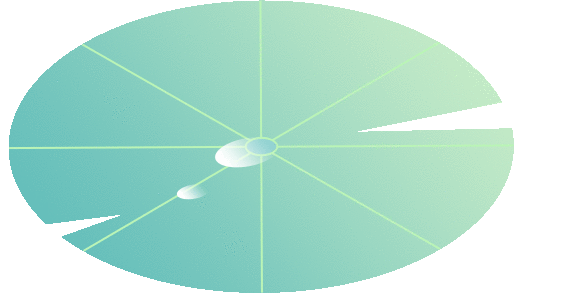

The information collected through the Four Examinations primarily includes symptoms, signs, and medical history. Symptoms refer to the subjective discomfort or pain felt by the patient, such as headaches, tinnitus, chest tightness, and abdominal distension; signs are objective manifestations obtained by the doctor through observation, listening, and palpation that have diagnostic significance, such as a pale complexion, wheezing in the throat, foul-smelling stools, yellow tongue coating, and a floating pulse. This information is crucial for the doctor to determine the disease type and differentiate the syndrome pattern.
In TCM, the “Syndrome (Zheng)” is a pathological summary of the disease’s current stage, location, nature, and severity. By analyzing and judging the “Syndrome,” the doctor can formulate targeted treatment plans to achieve the effects of “same disease, different treatment” or “different diseases, same treatment.” Therefore, the differentiation of “Syndrome” is vital in TCM diagnosis.
In summary, the “Four Examinations” are fundamental methods and means of TCM diagnosis. Through the complementary and integrated steps of observation, listening, inquiry, and palpation, doctors can gain a comprehensive understanding of the patient’s condition and physical state, providing essential information for subsequent diagnosis and treatment.
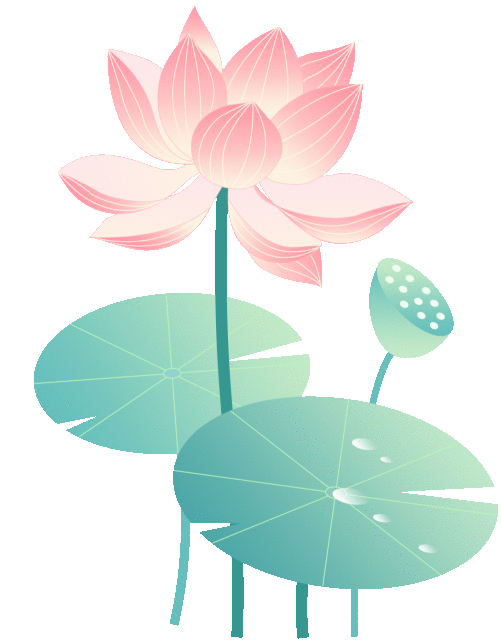 END
END
Disclaimer: This article is reprinted for the purpose of disseminating more information. If there are any errors in source attribution or infringement of your legal rights, please contact the author with proof of ownership, and we will promptly correct or delete it. Thank you.


